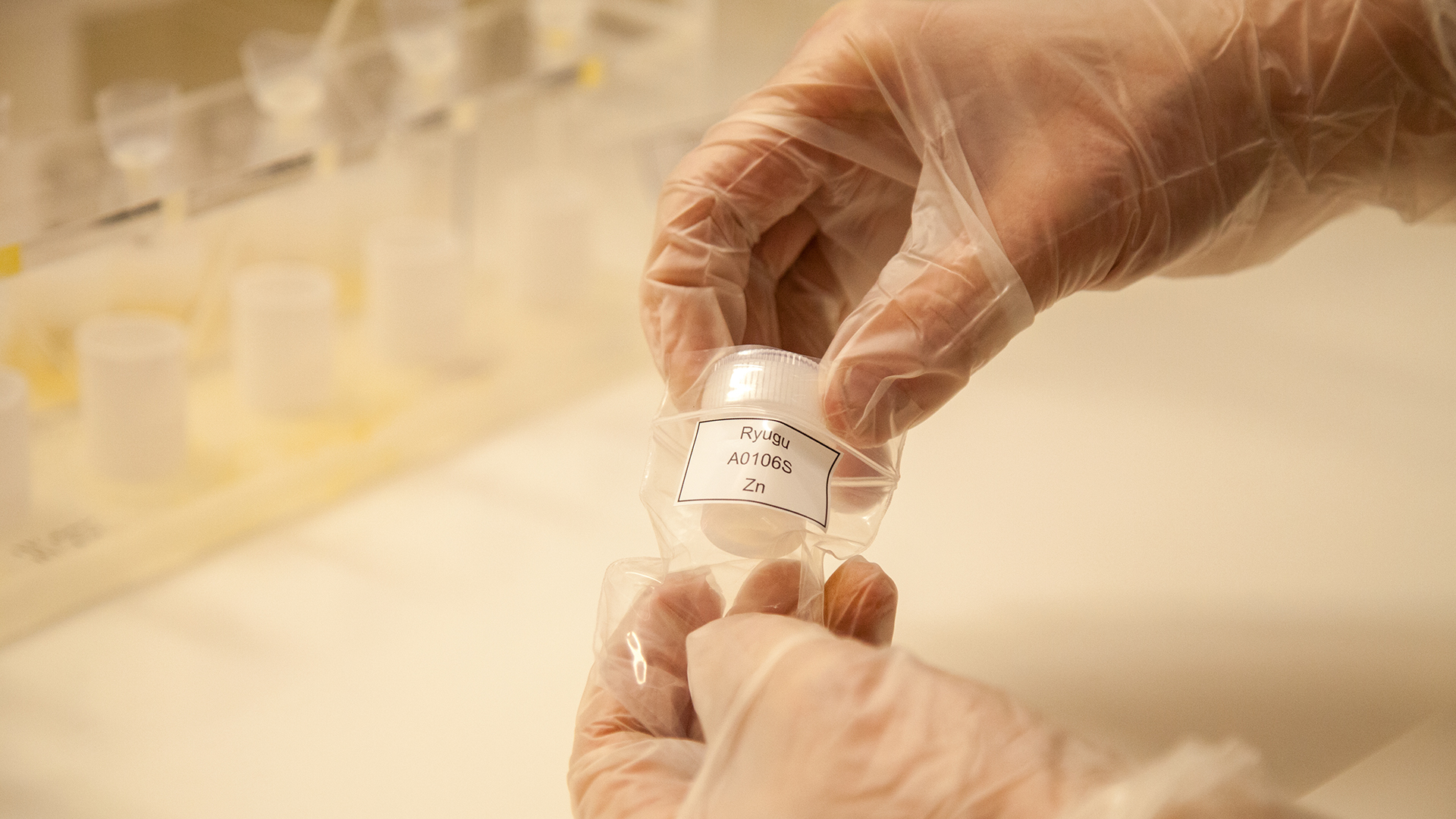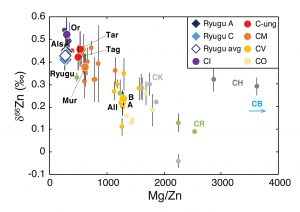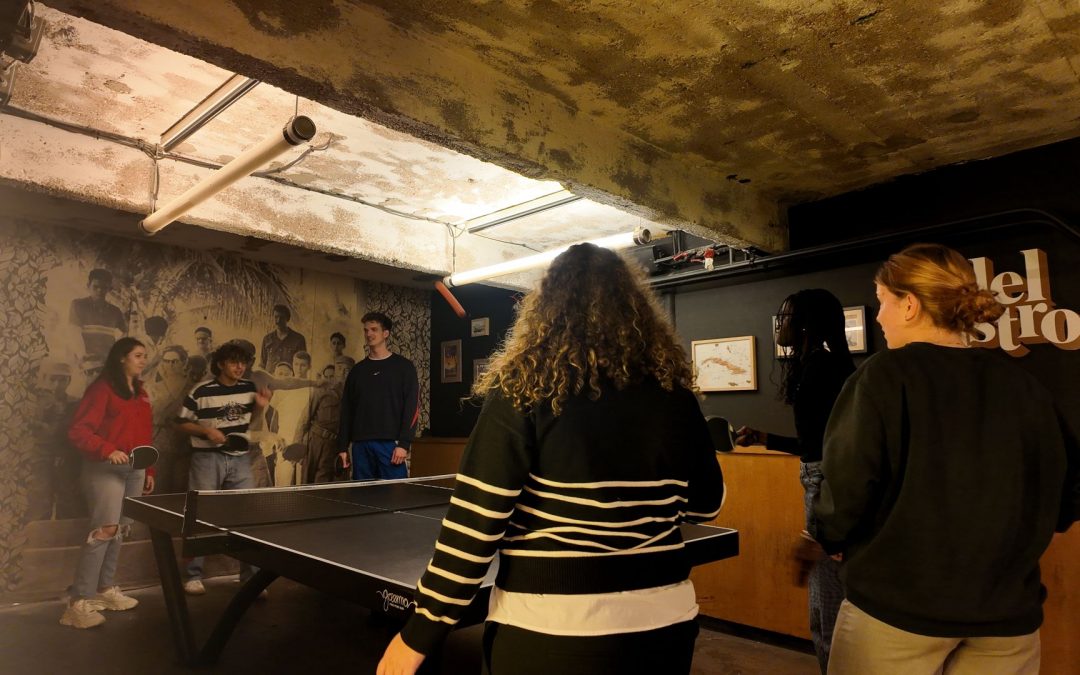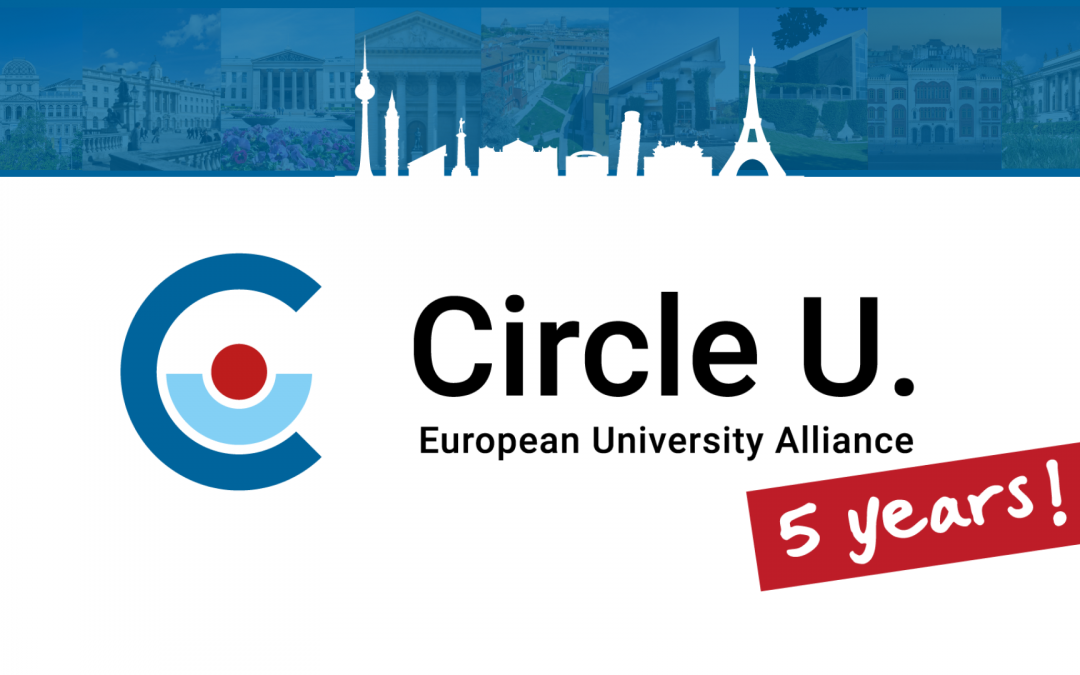Ryugu: Asteroid Samples Continue to Shed Light on Solar System History

© IPGP
Samples of asteroid Ryugu analysed at IPGP
Nearly two years after Japanese mission Hayabusa2 returned to Earth, samples from asteroid Ryugu continue to reveal valuable information about the history of the early solar system. A study by scientists from the Institut de Physique du Globe de Paris, Université Paris Cité and CNRS, as part of an international consortium, reveals the isotopic composition of zinc and copper of asteroid Ryugu. The isotopic signatures show that Ryugu’s composition is close to Ivuna-like carbonaceous chondrites, and that Ryugu-like material from the outer solar system accounts for ~5-6% of Earth’s mass. These results are published on 12 December 2022 in the journal Nature Astronomy.
Meteorites found on Earth give scientists access to samples representing the first moments of the solar system. However, the return to Earth in December 2020 of the Hayabusa2 mission, operated by the Japanese space agency JAXA and bringing back 5 grams of fragments from the asteroid Ryugu, marks a major step forward by offering the possibility of analyzing samples unaltered by their arrival and stay on Earth. The first analyses, carried out by an international team, including researchers from the Institut de physique du globe de Paris, Université Paris Cité and the CNRS, have shown that the composition of the asteroid Ryugu is close to that of Ivuna-like carbonaceous chondrites (CI) – the most chemically primitive meteorites, and considered to have the composition closest to the Sun. However, some isotopic signatures (e.g., titanium and chromium) overlap with other groups of carbonaceous chondrites, so the details of the link between Ryugu and CI chondrites are not yet fully understood.
Zinc and copper are two moderately volatile elements, and are key elements to study the processes of accretion of volatiles during the formation of telluric planets. The different groups of carbonaceous chondrites show distinct zinc and copper isotopic compositions, with the CI chondrites being the more enriched in volatile elements. By carrying out additional analyzes of the zinc and copper isotopic composition of Ryugu, the scientists had access to a crucial tool for studying the origin of the asteroid.

Zinc elemental and isotopic compositions for Ryugu and carbonaceous chondrites samples. (Source: Contribution of Ryugu-like material to Earth’s volatile inventory by Cu and Zn isotopic analysis, Marine Paquet, Frederic Moynier, Tetsuya Yokoyama et al., Nature Astronomy, 2022)
The international team showed, in a study published on December 12th, 2022 in the journal Nature Astronomy and led by Marine Paquet and Frédéric Moynier, cosmochemists at the IPGP, that the isotopic ratios of copper and zinc in the samples from Ryugu were identical to CI chondrites but different from all other types of meteorites. By finally confirming the similarity between Ryugu and CI chondrites, this study establishes that these primitive samples from Ryugu represent the best estimate of the solar composition to date for copper and zinc.
Finally, the zinc isotopic composition of Ryugu can also be used to study the accretional history of moderately volatile elements on Earth, which are essential for the development of planetary habitability. The study also demonstrates that the contribution of Ryugu-like material represents about 5% of the Earth’s mass.
> Bibliography:
Contribution of Ryugu-like material to Earth’s volatile inventory by Cu and Zn isotopic analysis, Marine Paquet, Frederic Moynier, Tetsuya Yokoyama et al., Nature Astronomy, 2022, DOI : 10.1038/s41550-022-01846-1
Read more

Le Buddy System continue de favoriser les échanges interculturels à l’Université Paris Cité
Le 5 novembre 2025, un événement de partage a réuni les participants du Buddy System d'UPCité. C'est le deuxième événement interfacultaire de cette année pour faire rencontrer les étudiants français et internationaux de l'Université. Un verre et du ping-pong Pour...
read more
The Buddy System continues to promote intercultural exchanges at Université Paris Cité
On November 5, 2025, a sharing event brought together participants of Université Paris Cité’s Buddy System. This was the second interfaculty event of the year, aimed at connecting French and international students from the University.A Drink and Some Ping-Pong To...
read more![[Parlons Santé mentale] Comment les événements traumatiques transforment ils notre esprit ?](https://u-pariscite.fr/wp-content/uploads/2025/11/SanteMentale_3_1920-1080x675.jpg)
[Parlons Santé mentale] Comment les événements traumatiques transforment ils notre esprit ?
Dix ans après les attentats du 13 novembre 2015, les séquelles psychiques des traumatismes restent au cœur des recherches en psychiatrie, psychologie et neurosciences. Qu’il s’agisse d’attentats, d’agressions, d’inceste, de harcèlement, d’accidents ou de maladies...
read more
Circle U., 5 ans déjà !
Le 20 novembre, l’alliance européenne Circle U. dont nous faisons partie célébrera ses 5 ans. À cette occasion, l’Université Paris Cité vous invite à venir partager un moment festif et convivial le 2 décembre à 17h30 et venir (re)découvrir une sélection de projets...
read more